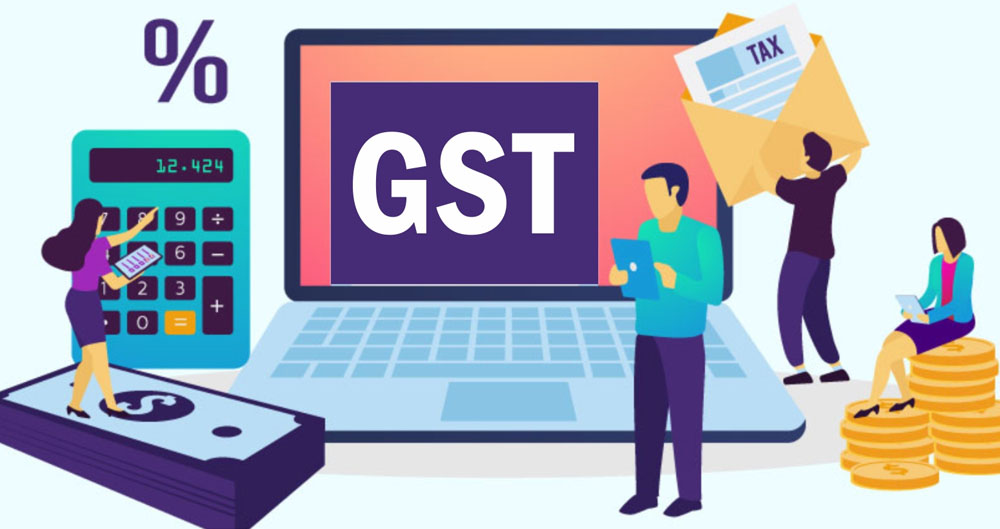One of the greatest reforms brought about in the indirect tax structure in India was the Goods and Service Tax (GST). The previous indirect tax system included separate Centre and State laws, which made the taxation system more complex and also increased the cost of goods. Thus, to simplify the taxation system, GST was introduced with the objective of eliminating the cascading effect of taxes on the distribution and production of goods and services.
GST encompasses a host of taxes. So, to understand what is GST, one must be apprised about its basic concepts.
What are the concepts of Goods and Service Tax?
GST serves to achieve the objective of streamlining the indirect tax regime in India. Refer below to find out several other concepts of what is GST:
- Supply in GST
Under the GST regime, supply relates to the following –
- Sale
- Barter
- Exchange
- License
- Rental
- Transfer
- Disposal
- Lease
If a GST-registered businessperson engages in any of the aforesaid transactions, it is to be declared a supply under this tax regime.
- Reverse charge mechanism
Typically, a supplier of goods or services is supposed to remit GST to the government. However, in some cases, the recipient is liable to pay GST instead of the supplier. It is called the reverse charge mechanism. The reverse charge comes into effect when an unregistered vendor retails goods or services to a registered business.
- E-way bill
A GST-registered vendor must generate an e-way bill mandatorily when transporting goods worth above Rs.50,000. This electronic bill can be issued via the respective portal e-way bill portal. Upon its generation, the supplier, transporter, and recipient receive an E-way Bill Number (EBN).
- Input Tax Credit
In simple terms, Input Tax Credit or ITC refers to the tax a businessperson incurs on purchasing a good or service. It can utilise this credit to lower its tax liability proportionately when making a sale.
- Types
There are 4 types of Goods and Services Tax –
- IGST: It is charged by the Central government on interstate transactions.
- SGST: State governments levy this on intrastate transactions of goods and services.
- CGST: The Central government charges CGST on intrastate transactions.
- UGST: It’s similar to SGST but applies to Union Territories.
Besides knowing what is GST and its essential concepts are, one must also understand this tax regime’s objectives to better understand the significance of compliance.
What are the objectives of GST?
- An end to cascading effects
This is one of the major contributions of Goods and Service Tax for business and commerce. The barring of the tax on tax significantly improves the competitiveness of original goods and services and eventually leads to growth in GDP.
- A single limit for registration
Goods and Service Tax helps widen the tax base and bring a huge number of individuals under the tax net. Earlier, many exemptions and stringent registration rules kept taxpayers from registering themselves. However, now that there is a single limit for turnover below which registration is exempted, more taxpayers will be covered under this tax net. Due to this, there is a noticeable impact of GST on small and medium businesses, as it has eased the process of starting a business and its consequent expansion.
- Reduce corruption and tax evasion
The invoice-wise matching under this mechanism ensures that taxes are properly paid to the government, and hence, helps in curbing corruption across the country. Also, for a hassle-free payment process, registered users can also calculate GST like a pro using a GST calculator easily available online.
Additionally, the implementation of one tax system across the entire country has increased business growth opportunities. This has led to a potential increase in the business loan sector as well. There are various NBFCs like Bajaj Finserv that provide high-value loans against minimal documentation.
One can also avail of pre-approved offers to streamline the application process further. You can enjoy such offers on various products like a business loan, personal loan, and more. To check your pre-approved offer, simply provide your name and contact details.
Irrespective of whether you qualify for a pre-approved offer or not, it’s essential to collate necessary documents before applying for any type of business finance, which includes GST invoices or bills.
If you have recently registered your business under GST, you must know all about GST bill. Note that proper drafting of GST invoices is necessary to ensure tax compliance and easy access to benefits extended under this tax regime.
To describe the impact of what is GST, we can say that this Act is helping the flourish of a unified economy. This scheme also provides benefits to service-providing companies that have a turnover of less than Rs.20 lakh. With the promise of curbing corruption and reducing the average tax burden, GST can be called a logical step to create a single, unified Indian market aimed at making the economy stronger.



